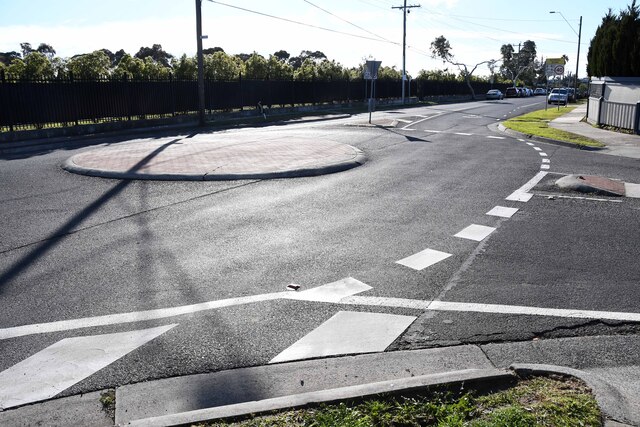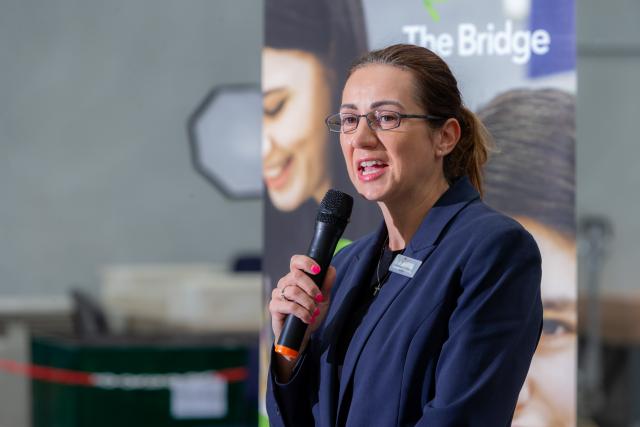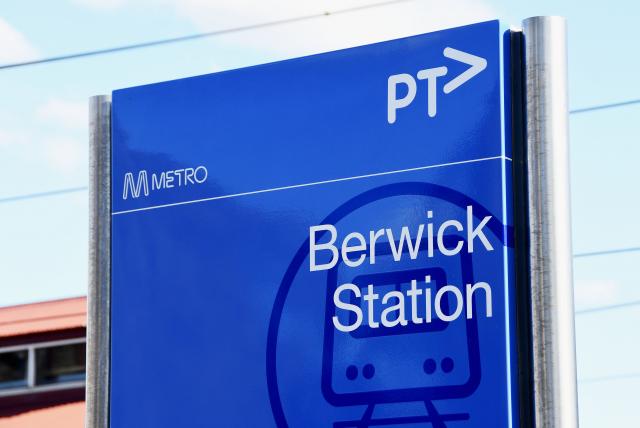By CAM LUCADOU-WELLS
DANDENONG Drug Court is hampered by a shortage of detox and rehab programs in the region, according to Victoria Legal Aid.
In its submission to the National Ice Taskforce, the legal agency stated that ice-related offences were typically serious and becoming more prevalent.
“Normally, these people were charged with violent offences or property offences,” a VLA lawyer stated.
“It became unusual to have a client charged with a violent offence who did not have a problem with ice.”
One reported up to 35 per cent of their family dispute cases involved ice use – with increasing allegations of a parent dealing ice or using it recreationally.
“I’ve had clients who, in the past, have done prostitution work from home while their children have slept in the next room so that they can fund their habit,” he said.
Victoria Legal Aid stated the Dandenong Drug Court – which has dealt with offenders in Greater Dandenong, Casey and Cardinia for 13 years – should expand to the state’s most ice-struck regions.
It also recommended the DDC drop its exclusion of violent offenders – given the “correlation between ice and violent crime”.
The DDC’s tailored approach was an “optimum environment for overcoming addiction” but was hampered by an “overwhelming” shortage of available treatment programs.
In the submission, a VLA lawyer stated that clients could wait several weeks for a detox bed and several months for a long-term rehab bed.
“Often these facilities have a limited number of beds available… and will not take clients with outstanding matters.”
VLA Dandenong managing lawyer Elissa Scott told the Journal that ice-affected clients were presenting with a complex list of issues such as poor health and collapsed relationships.
Lawyers were also challenged by violent, aggressive clients who were unclear with their instructions to their lawyers.
“Services are stretched all over due to drug use; ice has further stretched these services.”
This year, state Attorney-General Martin Pakula said he would work with the magistrates’ court to “further develop the Victorian Drug Court model”.
“We will continue to examine ways to expand the reach of court-based support and specialist programs to make their successful elements more widely available.”
An independent evaluation of the DDC in March found a drug court cohort was significantly less likely to offend than a control group of prisoners.
The cost of the court’s drug treatment orders (DTOs) is $70 a day per offender, compared to $270 a day for jail prisoners.
The court uses a carrot-and-stick approach – an intensive two-year regime of constant reporting to its magistrate Tony Parsons, urine-testing, rehabilitation, housing, vocational and welfare support coupled with the dangling threat of jail.
“There is a massive saving to the taxpayer,” Mr Parsons told the Journal in March.
“It’s a significantly effective program in terms of the recovery of people with entrenched drug addictions and relieves the burden of crime on the community in a very significant way.”







